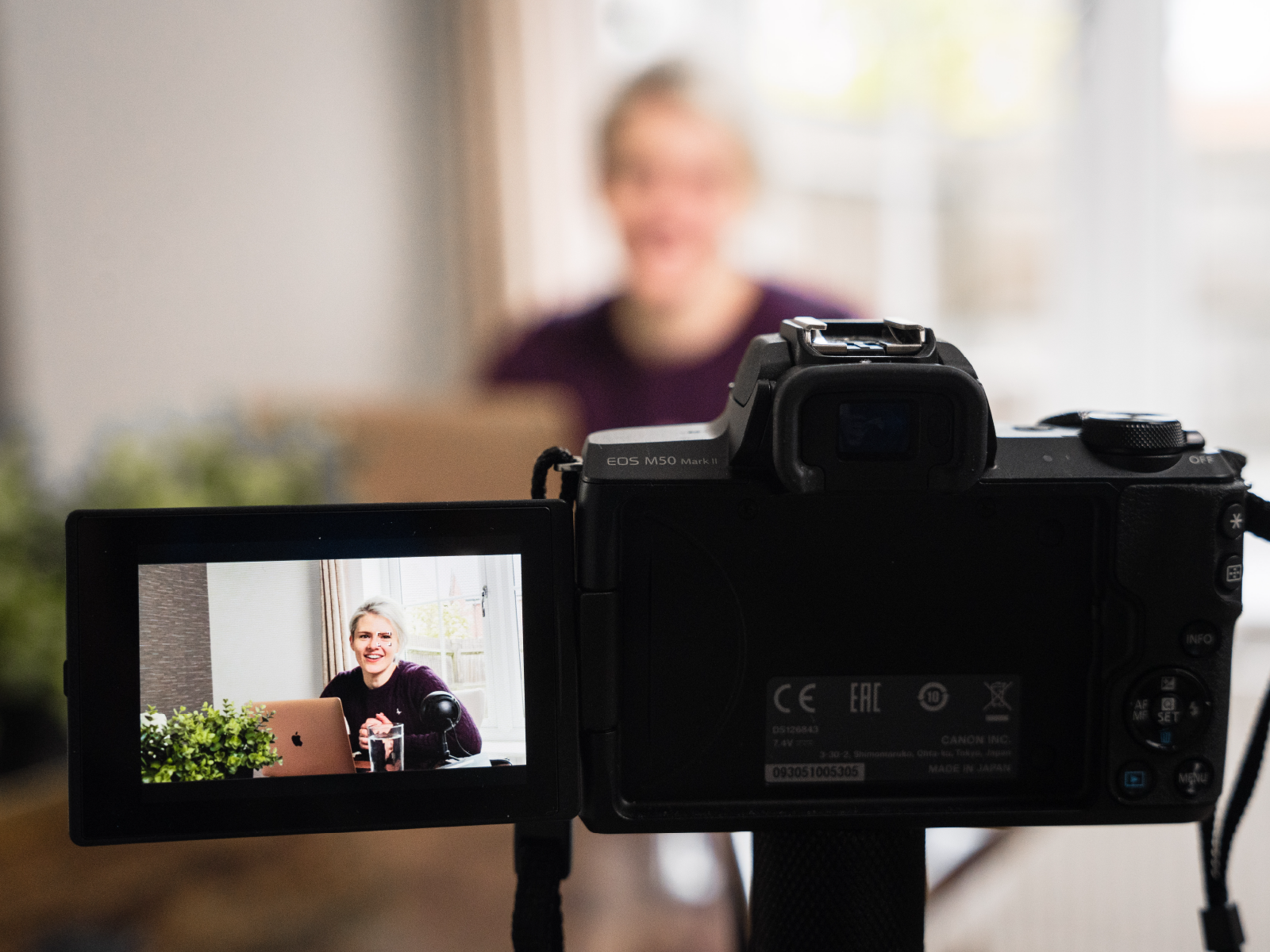At Hoolet, we’re big fans of using a case study to tell a story from a slightly different angle.
There are millions of businesses promoting themselves out there.
They are all shouting about their excellent customer service, delivering on promises and providing those solutions.
Amongst that background noise, how do you get your message across?
How do you combat the cynical accusation, “you say your business is the best – well you would say that, wouldn’t you?”
Choosing a case study
Well, you get someone else to help get your message across. Someone your audience can relate to: you choose one of them, a business that uses you.
And you get them to tell a story. You get them to talk about what their problem was and how your particular solution was exactly what they were looking for.
If you can also get them to tell it in a genuine and human way, including the real life everyday things that go wrong, that is even better. And if you can demonstrate how you then fixed the next bit as well, it not only becomes more believable, it shows you care about them.
You build trust with your audience.
In explaining how your business made their life better, your audience is imagining themselves in the case study’s shoes. They are thinking about how they would have coped with that situation and what they would have done.
And if you can get them to imagine being a client, you are halfway to making that a reality.
They understand more about what you do, how you help, and that puts them closer to pressing that button, to getting in touch. That gives you that all important opportunity to convert them into satisfied customers.
So grab your ambassadors, the clients that really get you, that understand what you do and how well you do it and ask them to tell a story.
Walking the walk
So here is our case study on how to use a good case study.
While working on the Feeding Workforce Skills project, our task was to explain the value in food & drink employers accessing the resources on the website to support them in managing their workforces.
There is no financial transaction involved and in theory that makes our job easier. But curiously, people place less value on things that are free… but that’s for another article.
One of the things Feeding Workforce Skills offers is support to smaller businesses when they’re recruiting. To illustrate that, we found a small food & drink business in Ayrshire who were having trouble recruiting and had found an innovative solution.
By telling the story in the voice of Mossgiel Farm, we could build interest in how the resource can help businesses
This is exactly what we’re talking about: finding someone from your target audience, that they can hopefully relate to, and build trust in the product or service in which you are trying to interest them.
In engaging with the content, we are also getting them to engage by extension with Feeding Workforce Skills
If you’ve ever listened to us banging on about “making the content work for you”, you’ll be pleased to know we do practise what we preach.
Making a case study work for you
The case study appears in all its glory as a downloadable pdf on the Feeding Workforce Skills website.
It also features in the lead article on how to tackle recruitment issues in times of a tight labour market.

It’s been used in several social campaigns, linking back to the story.

And the excellent farmer Bryce Cunningham has even recorded a video, putting an even more human face to the words.
And of course, there’s that all important testimonial or pull-out quote that tweaks your audience’s curiosity and entices them in to come and find out more.

So grab your ambassadors, and let them sell your business. Or get in touch with Hoolet and we’ll help you do just that.
Hoolet is a strategic communications consultancy. Come say hello on Twitter at @hoolet_hoots, or follow us on LinkedIn. You can read more blogs here.



